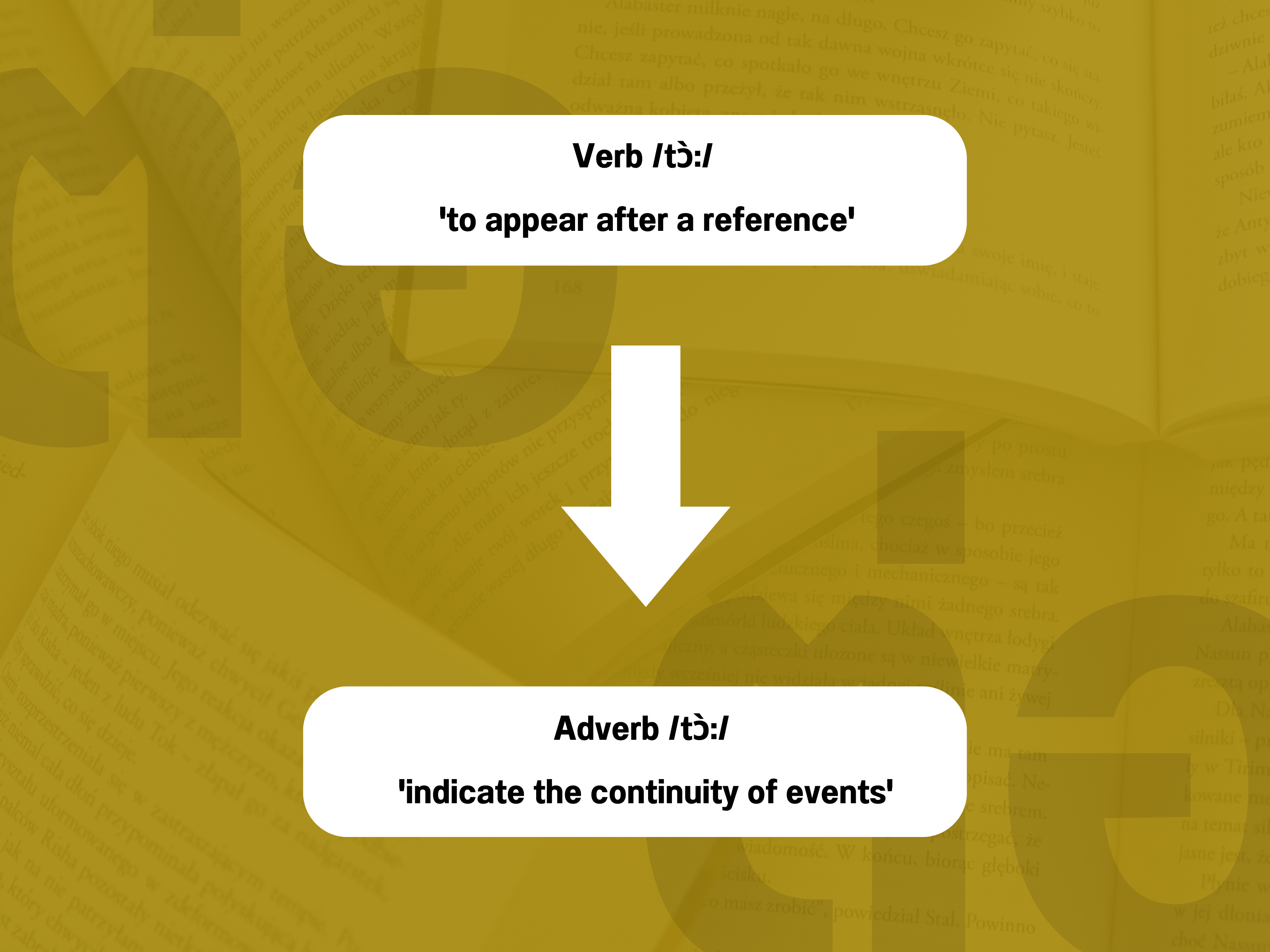The Relationship Between the Word /tɔ̀:/ as the Verb With Adverb in Thai: A Cognitive Semantic Study
Main Article Content
Abstract
Objectives: The purpose of this article is to study the relationship between the verb /tɔ̀:/ with the meaning 'to appear after a reference' and the adverb /tɔ̀:/ with the meaning 'indicate the continuity of events'.
Methods: The data has been collected from documents from the 20th to the 26th Buddhist century, afterwards, I study the relationship between the verb /tɔ̀:/ with the meaning 'to appear after a reference' and the adverb /tɔ̀:/ with the meaning 'indicate the continuity of events' employing cognitive semantics and grammaticalization.
Results: The findings reveal that the verb /tɔ̀:/ with the meaning 'to appear after a reference' transforms into the adverb /tɔ̀:/ with the meaning 'indicate the continuity of events'. This phenomenon is affected by grammaticalization, involving semantic processes such as metonymy and syntactic transformation mechanisms such as reanalysis.
Application of the study: The research results can be applied to studying of language change in diachronic approaches. The analysis of semantic and syntactic contexts may be essential for considering the meanings of other words.
Downloads
Article Details

This work is licensed under a Creative Commons Attribution-NonCommercial-NoDerivatives 4.0 International License.
References
Department of Linguistics, Faculty of Arts, Chulalongkorn University. (2020). Thai National Corpus. Retrieved 20 March 2020, from https://www.arts.chula.ac.th/ling/tnc3/ (In Thai)
Evans, V. (2004). The Structure of Time: Language, Meaning and Temporal Cognition. Amsterdam: John Benjamins. DOI: https://doi.org/10.1075/hcp.12
Evans, V. (2005). ‘The meaning of time: polysemy, the lexicon and conceptual structure’, Journal of Linguistics, 41(1), 33–75. DOI: https://doi.org/10.1017/S0022226704003056
Fine Arts Department. (1962). Cotmaajlungudomsombut. Bangkok: Fine Arts Department. (In Thai)
Heine, B. (2002). On the role of context in grammaticalization. In I. Wischer & G. Diewald (Eds.), New reflections on grammaticalization, pp. 83-101, Amsterdam/Philadelphia: John Benjamins. DOI: https://doi.org/10.1075/tsl.49.08hei
Heine, B. & Kuteva, T. (2007). The genesis of grammar: a reconstruction. Oxford: Oxford University Press. DOI: https://doi.org/10.1093/oso/9780199227761.001.0001
Hopper, P. J. & Traugott, E. C. (2003). Grammaticalization. Cambridge: Cambridge University Press. DOI: https://doi.org/10.1017/CBO9781139165525
Jaratjarungkiat, S. (2012). The Development of the Word /pen/ in Thai. Doctoral Dissertation, Ph.D. in Thai, Chulalongkorn University, Thailand. (In Thai)
Johnson, M. (1987). The body in the mind: The bodily basic of meaning, imagination, and reason. Chicago: Chicago University Press. DOI: https://doi.org/10.7208/chicago/9780226177847.001.0001
King Rama IV, (1993). Klaibaan. Bangkok: Amarin Printing & Publishing. (In Thai)
King Rama V, (1993). Klaibaan. Bangkok: Amarin Printing & Publishing. (In Thai)
Kurylowicz, J. (1965). The Evolution of Grammatical Categories. Diogeness 57: 55-71. DOI: https://doi.org/10.1177/039219216501305105
Lakoff, G. & M. Johnson. (1980). Metaphor we live by. Chicago: University of Chicago Press.
Matlin, M. (1983). Cognition. New York: CBS College Publishing.
Mueanjai, S. (2011). Constructions Expressing Three-Participant Event in Thai. Doctoral Dissertation, Ph.D. in Thai, Chulalongkorn University, Thailand. (In Thai)
Naritsaranuwatiwong and DamrongRajanubhab. (2015). Sarnsomdet. Bangkok: Office of the Royal Society. Office of the Royal Society. (2017). Dictionary of Linguistics (General Linguistics) by Office of the Royal Society. Bangkok: Abiz Intergroup. (In Thai)
Pantip. (2020). Pantip.com [Online]. Retrieved 20 Mach 2020, from https://pantip.com/ (In Thai)
Panupong, V. (1987). The Structure of Thai. Bangkok: Ramkhamhaeng University Press. (In Thai)
Sukhaphiwat, K. & Others. (2024). Figure 1 CONTAINMENT schema.
Thepkanjana, K. (2016). Grammaticalization. Bangkok: Project of Publishing Academic Works, Research Department, Faculty of Arts, Chulalongkorn University. (In Thai)
Tyler, A. & Evans, V. (2003). The semantics of English prepositions: Spatial scenes, embodied meaning and cognition. Cambridge: Cambridge University Press. DOI: https://doi.org/10.1017/CBO9780511486517
Wongthai, N. (2019). Introduction to Cognitive Semantics. Bangkok: World All Print. (In Thai)


